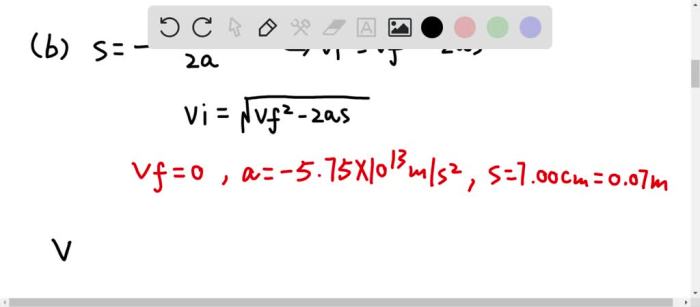A proton is projected in the positive x direction, embarking on a journey governed by the laws of physics. Its charge and mass, fundamental properties, dictate its behavior as it traverses space. This article delves into the intricacies of a proton’s motion, exploring its energy, momentum, and interactions with electric and magnetic fields.
Understanding the dynamics of a proton’s projection is crucial for unraveling the mysteries of the subatomic realm. From particle accelerators to medical imaging, the applications of proton projection are vast and impactful.
Proton’s Charge and Mass

A proton is a positively charged particle found in the nucleus of an atom. It has a charge of +1e, where e represents the elementary charge. The mass of a proton is approximately 1 atomic mass unit (amu), which is equivalent to 1.6726219 x 10^-27 kilograms.
The proton’s charge-to-mass ratio is a fundamental constant in physics. It plays a crucial role in determining the behavior of protons in electric and magnetic fields, as well as their interactions with other charged particles.
Proton’s Motion

In the given scenario, the proton is projected in the positive x direction. This implies that the proton is moving along a straight line in the positive x direction.
The motion of the proton can be described by the laws of projectile motion. The proton’s velocity is constant in magnitude and direction, and it moves under the influence of gravity. The equations governing the proton’s motion are:
- x = v0t
- y = v0t – 1/2gt^2
where x and y are the proton’s position coordinates, v0 is the initial velocity, t is the time elapsed, and g is the acceleration due to gravity.
Proton’s Energy and Momentum
The kinetic energy of the proton can be calculated using the formula:
KE = 1/2mv^2
where m is the mass of the proton and v is its velocity.
The momentum of the proton is given by:
p = mv
where m is the mass of the proton and v is its velocity.
The energy and momentum of the proton are related by the following equation:
E^2 = p^2c^2 + m^2c^4
where E is the total energy of the proton, p is its momentum, c is the speed of light, and m is its mass.
Proton’s Interaction with Electric and Magnetic Fields: A Proton Is Projected In The Positive X Direction

An electric field exerts a force on a charged particle. The force on a proton in an electric field is given by:
F = qE
where q is the charge of the proton and E is the strength of the electric field.
A magnetic field also exerts a force on a charged particle moving through it. The force on a proton in a magnetic field is given by:
F = qvBsinθ
where q is the charge of the proton, v is its velocity, B is the strength of the magnetic field, and θ is the angle between the velocity and the magnetic field.
Applications of Proton Projection

Proton beams are used in particle accelerators to study the fundamental properties of matter. Protons are accelerated to high energies and collided with targets to produce new particles and study their interactions.
Protons are also used in medical imaging techniques such as proton computed tomography (pCT) and proton magnetic resonance imaging (pMRI). These techniques provide detailed images of the body’s internal structures and are used for diagnostic purposes.
Proton projection is also used in scientific research to study the properties of materials and to develop new technologies.
Helpful Answers
What is the significance of the proton’s charge-to-mass ratio?
The proton’s charge-to-mass ratio is a fundamental constant that determines its behavior in electric and magnetic fields. It plays a crucial role in particle accelerators, where protons are manipulated to achieve high energies.
How does an electric field affect the motion of a proton?
An electric field exerts a force on the proton due to its electric charge. This force accelerates the proton, altering its velocity and trajectory.
What are some applications of proton projection?
Proton projection finds applications in particle accelerators, medical imaging techniques, and scientific research. Proton beams are used to probe the structure of atoms and nuclei, diagnose and treat cancer, and study fundamental interactions in high-energy physics experiments.